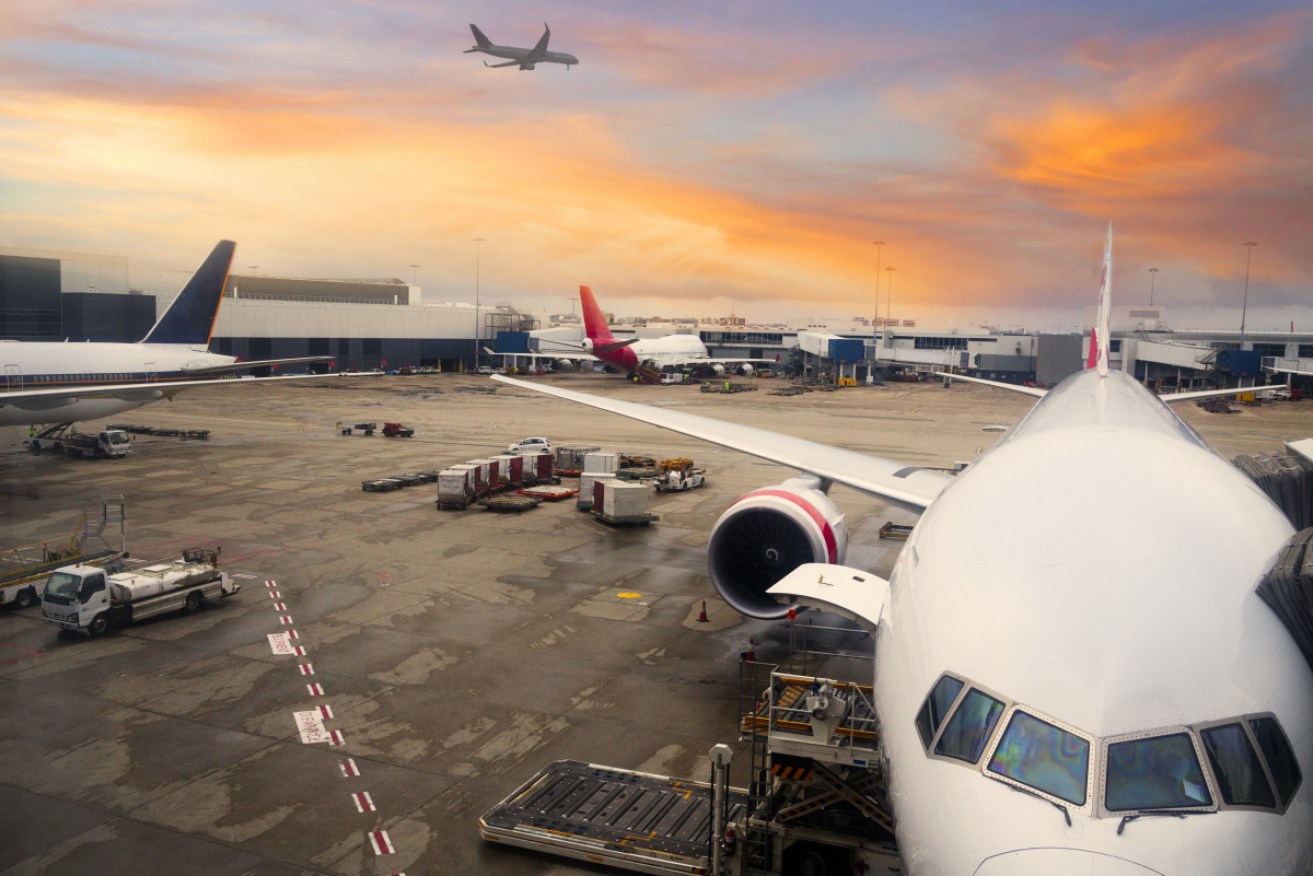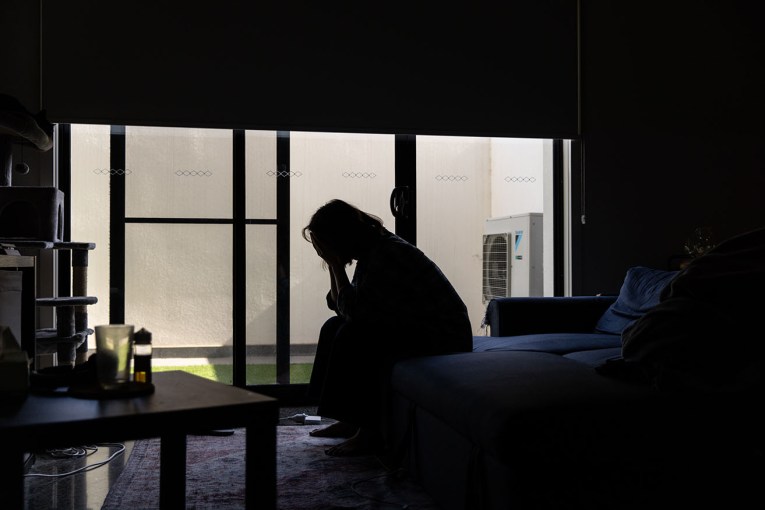New security screening costs could devastate regional air travel, councils warn

Australian airports are set to undergo major upgrades in 2019. Photo: Getty
Across Australia, regional councils will be left to pick up the bill for new national security measures at local airports and there are warnings “that it’s going to be crippling”.
For the people living and working in the Murweh Shire in south-western Queensland, the local airport at Charleville is a critical connection to the city.
The daily flights help keep businesses running by allowing specialists to be flown in, they make the town an attractive option to investors and they keep local residents connected with friends and family.
Like most regional airports in Australia, the one in Charleville is owned by the shire council, meaning local ratepayers have to cover any costs.
The airport already operates at an annual half-a-million-dollar loss, according to the council. That is on top of the money it recently borrowed to upgrade the facility.

Clayfield MP Tim Nicholls arrives in Charleville. Photo: AAP
The council is willing to carry these costs because it sees the facility as being vital to attracting new investment, supporting local businesses and developing tourism.
But covering the cost of new security measures the Federal Government has brought in will be a stretch.
“It’s very tough in a small community that’s struggling with drought, has limited resources and relies on government grants and support to help run operations,” Murweh Shire Council chief executive officer Neil Polglase said.
But he said the Brisbane-Charleville route could ultimately become unviable if the airlines had to pick up the tab.
“Our concern is that if the impost is passed on to ticket holders or passengers, that it could be a real concern to lose the service,” Mr Polglase said.
Qantas Link provides a daily flight to and from Brisbane, 800 kilometres to the east and Regional Express flies in and out twice a week.
There is no security screening, but under new regulations, that is about to change.
Qantas operates planes that carry more than 40 passengers, so the airport is required to install a walk-through metal detector and to screen passengers with a handheld explosive trace device.
“We anticipate we will need about four to five staff to cover flights every day of the week,” Mr Polglase said.
He said that would cost the council “between $250,000 and half a million dollars”.
Govt will not cover ongoing security costs
The Federal Government has budgeted $50 million to buy the screening equipment for 64 terminals across regional Australia, but it will not pay for staff to operate and maintain the equipment.
Airport owners will have to meet that cost, which the Government has estimated at between $530,000 and $760,000 a year.
A Senate inquiry into regional air services this month found there was “considerable danger” regional airports would be forced to close over the costs imposed by new security screening requirements.
It recommended the Government consider providing ongoing financial assistance to the 64 affected airports.
But in a statement to the ABC, a spokesperson for Home Affairs Minister Peter Dutton said: “Airports will continue to meet the operating costs for the new equipment.”
“It has been a longstanding policy of successive governments that industry is responsible for the cost of security — this includes operating costs.
“The Government is conscious of the impact of security requirements on regional airports and local communities.”
Centre Alliance senator Rex Patrick said the Federal Government should cover the national security expense.
“It’s a national security problem and it shouldn’t be targeted at local councils,” he said.
Senator Patrick said without the Government chipping in, the cost would have to be covered by ratepayers or through ticket prices.
In either circumstance, we end up with a situation where a community bears the cost of national security and I think that’s entirely inappropriate,” he said.
Senator Patrick was part of the Senate inquiry into regional air services, whose report earlier this month found the high price of regional airfares had a “direct and detrimental effect” on the lives of people outside metropolitan Australia.
The inquiry was also scathing of the Government for requiring the security upgrades without doing any analysis of the financial impact it would have on regional airports.

Senator Rex Patrick said he was concerned that some councils would crumble under the costs of maintaining the new security systems. Photo: AAP
What will the impact be?
If there is no Charleville-Brisbane route, businesses would not be able to fly in workers and customers. And for a town desperate to grow, industry is essential.
Western Meat Exporters is the largest goat and sheep meat processor in Queensland and one of the region’s biggest employers.
“We have 140 to 150 employees and they generate a lot of turnover in town for business and without us, the town would struggle to survive,” she said.
Daily flights between Charleville and Brisbane are “vital” for the business and without them, Ms Sentinella said it “couldn’t run effectively”.
The airport was a key factor in the decision to build a processing plant at Charleville — it helps attract workers and make maintenance easier.
Ms Sentinella said if something broke down early in the morning, she could fly in specialist technicians and parts and have the plant up and running again within a few hours.
“It’s ridiculous the [Federal Government] think rural and remote communities … can support the security costs of running a small airport,” she said.
“They’re the ones implementing it, they should be putting something toward it.”
One of the industries Charleville has worked hard to expand is tourism and one of the stars is the native bilby.
The town is part of a national breeding programme for the endangered marsupial.
“Having air services is critically important for us in town,” The Bilby Experience manager Kat Castles said.
“We fly bilbies in and out of Charleville to different zoos and sanctuaries around the country, making the most of our bilby genetics.”
If fares go up or routes disappear, these industries could become endangered too.
How much do regional flights actually cost?
The Federal Government gathers price information on the 70 most popular routes across Australia each month.
In July 2018, the Bureau of Infrastructure, Transport and Regional Economics (BITRE) collected a wider sample, looking at more than 300 routes across the country.
In February 2019, 4.7 million passengers were carried on Australian domestic commercial flights. More than 1.7 million moved through regional airports.
You can search those fares using the table below to get an idea of just how much it costs to fly around Australia.
We do need to tell you a few things about the data:
- These are the cheapest available return fares for each route
- The fares are based on a departure date of the last Thursday of the month, the return date is two weeks later
- BITRE collects the price data three weeks prior to the departure date
- These numbers represent the July 2018 average prices, based on available data
- Up-to-date fare data is available from BITRE








